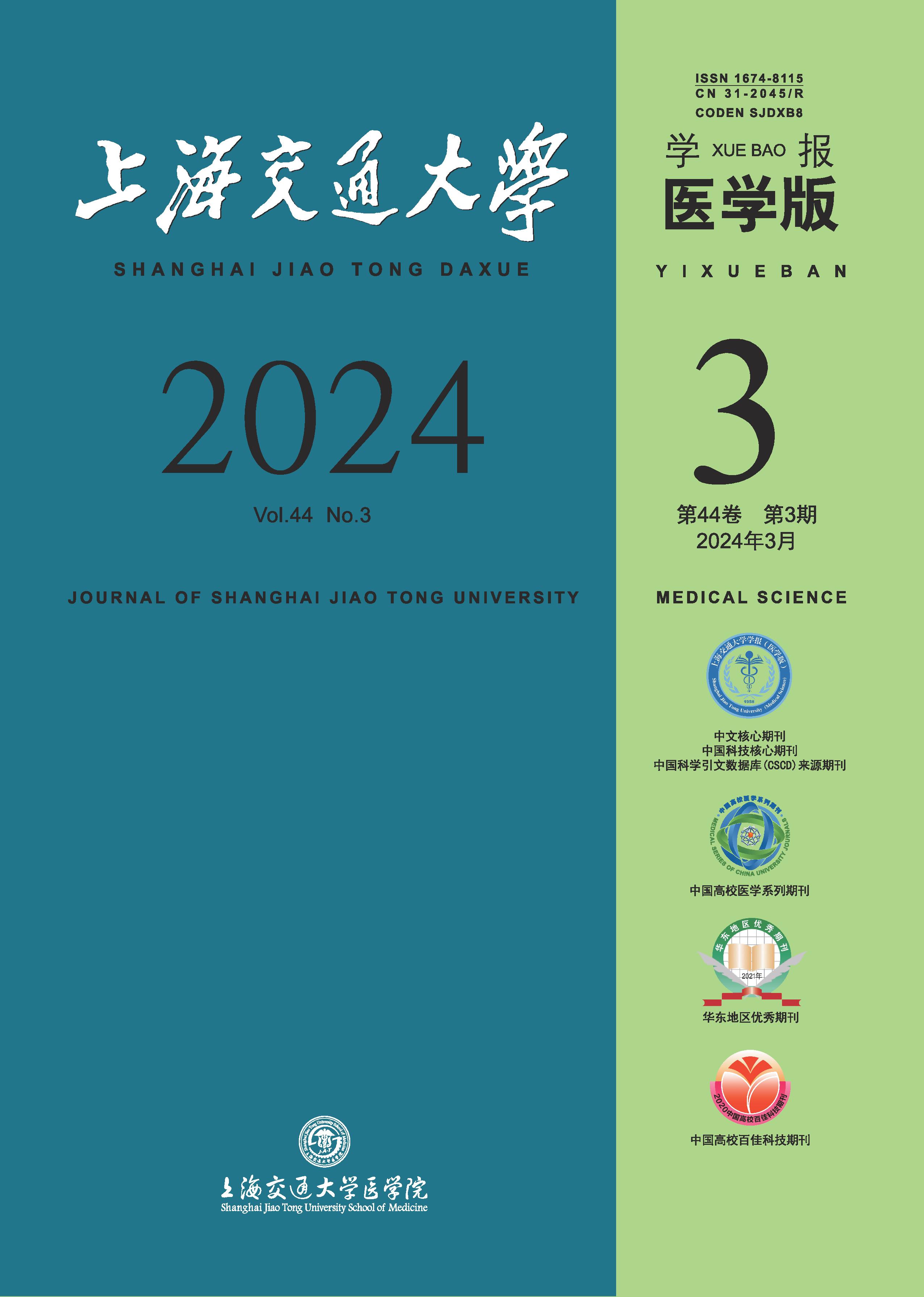Objective ·To analyze the changes in the use of antibiotics in a tertiary hospital in Jiangsu Province, so as to provide reference for the improvement of antimicrobial drug management in the hospital. Methods ·The point prevalence survey was conducted to investigate the usage of antibiotics and nosocomial infection of Affiliated Hospital of Xuzhou Medical University on October 16, 2019, and September 15, 2022, respectively. The related data were summarized by Excel 16.0 and analyzed by SPSS 26.0 software. The related data were described by utilization rate and constituent ratio, and χ2 test was used for comparative analysis. Results ·In 2019, a total of 474 patients were enrolled and their antimicrobial utilization rate was 48.1% on the day of the survey; in 2022, a total of 484 patients were enrolled and their antimicrobial utilization rate was 33.5% on the day of the survey. Compared with 2019, the rate of antibiotic usage in hospitalized patients showed an overall downward trend in 2022. The usage rate of only one antimicrobial agent increased from 38.6% to 82.7% (χ2=75.182, P=0.000), the usage rate of double therapy decreased from 40.8% to 14.2% (χ2=32.048, P=0.000), and the usage rate of quadruple therapy decreased from 14.0% to 0 (χ2=24.769, P=0.000). In 2019 and 2022, the usage rate of surgical prophylactic antibiotics was 61.5% and 88.1%, and the usage rate of two or more surgical prophylactic antibiotics was 38.5% and 11.9%, respectively. The usage rate of surgical prophylactic antibiotics in 2022 was higher than that in 2019 (χ2=27.297, P=0.000). The rate of antibiotic usage with medication records increased from 4.0% to 97.8% (χ2=695.523, P=0.000), and the rate of antibiotic withdrawal records increased from 22.4% to 91.0% (χ2=468.698, P=0.000). The rate of empirical usage of antibiotics by clinicians decreased from 47.3% to 35.8% (χ2=260.038, P=0.000), and the rate of antibiotic usage based on inflammatory indicators increased from 18.9% to 27.0% (χ2=505.637, P=0.000). The rate of antibiotics compliance increased from 88.6% to 92.1% (χ2=464.573, P=0.000). The most common type of nosocomial infection in 2019 and 2022 was pneumonia, accounting for 64.7% and 81.0%. Conclusion ·The level of antibacterial drug management in the hospital has been stable and improved, and the standardization of the usage of antibacterial drugs by medical staff has been improved. Hospital managers should improve the construction of information technology for rational use of antimicrobial drugs, emphasize departmental collaboration, and work together to formulate work plans to improve the rate of rational usage of antimicrobial drugs and enhance patient satisfaction.

